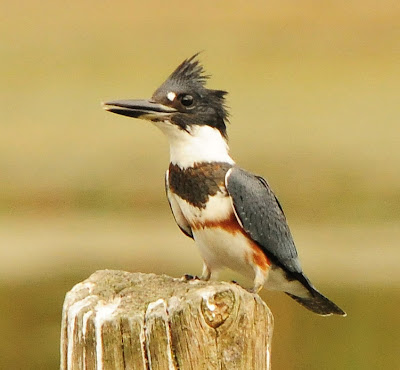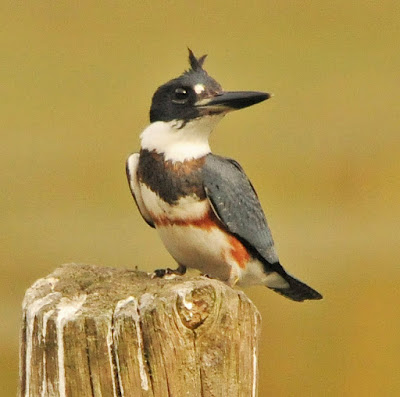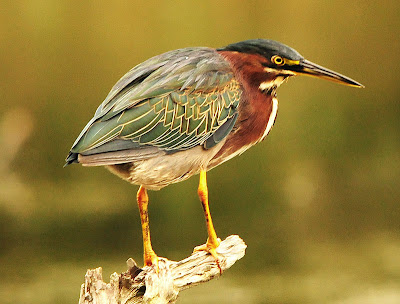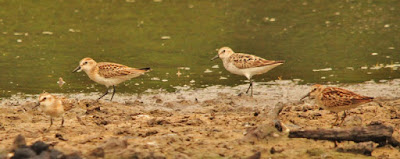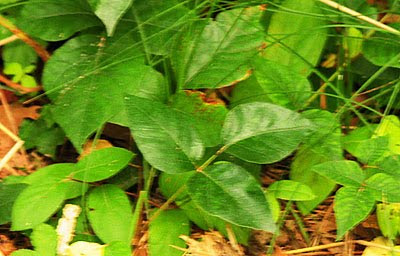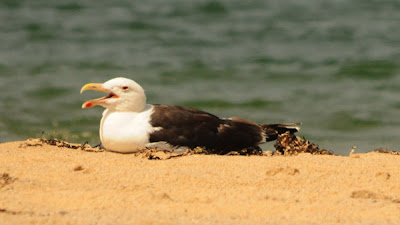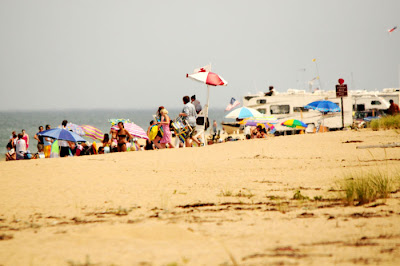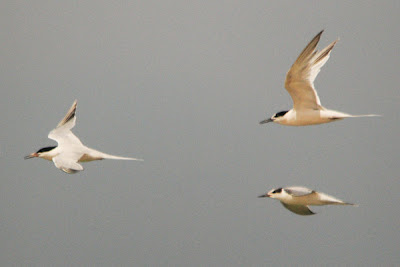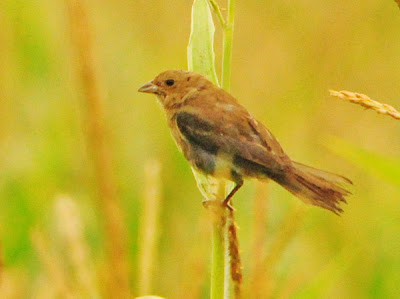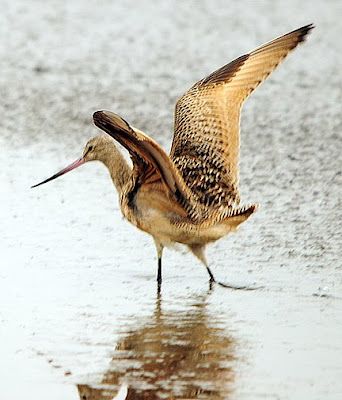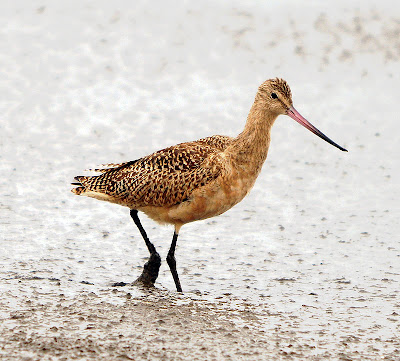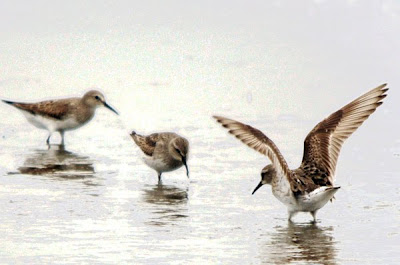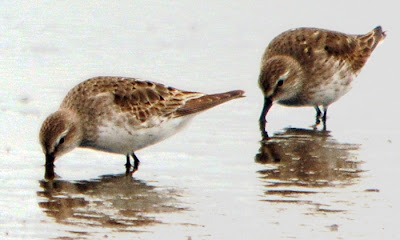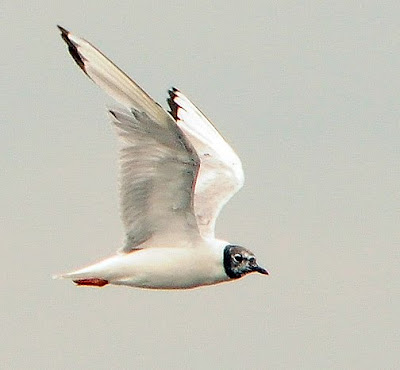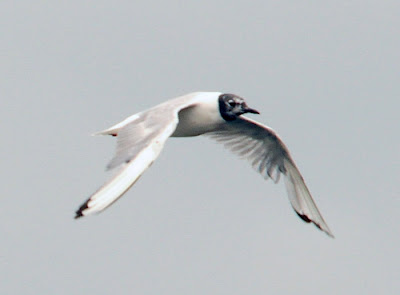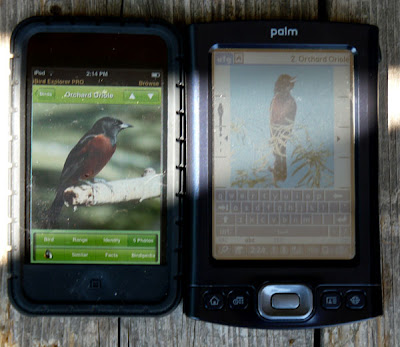
High-pitched squealing cries in the sky ... I had been sitting in the porch reading but jumped up and ran outside: high up in the sky two hawks were slowly circling, so high that they just looked like two winged spots. I had heard these squeals before coming from a red-tailed hawk nest in the neighborhood. My camera with telephoto lens brought the birds a bit nearer: a wind-blown parent and a compact neat-looking youngster that was vocalizing for the entire time that I observed it. Maybe it was on its first high-altitude flight and needed reassurance from its parent :-)
Click to play audio
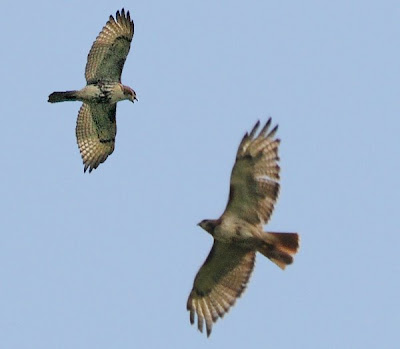
Yesterday afternoon I was working on the porch and casually looking up was thrilled to see two evening grosbeaks on the ground below the feeder; the first ones for me, and out of season too since they are usually only seen in the winter. Dave Johnston, who I ran into by the boat house near the Marina, told me who saw a group of EG on the West River trail at its Black Mountain Rd end. Maybe it's an early sign of fall?

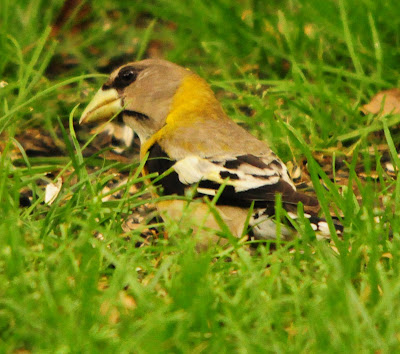
The two Evening Grosbeaks took off when my dog decided to investigate what I was looking at. Soon however another visitor settled in the grass looking for seeds, a very handsome male lst-winter Rose-breasted Grosbeak.

Later on, the tree, and the grass skirt around it, were overrun with Goldfinches, all males who were making quite ruckus. Actually I have never seen goldfinches forage on the ground for fallen seeds even when the feeder was empty.

Here are follow-up photos of the molting Blue Jay, who looks like his head feathers are starting to come back in,
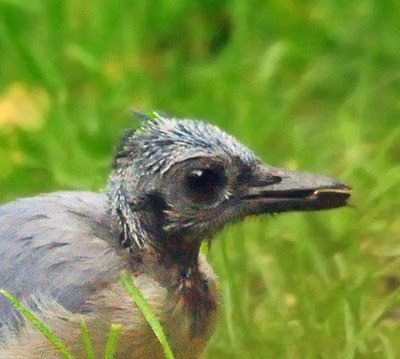
and Northern Cardinal, who is still losing his,
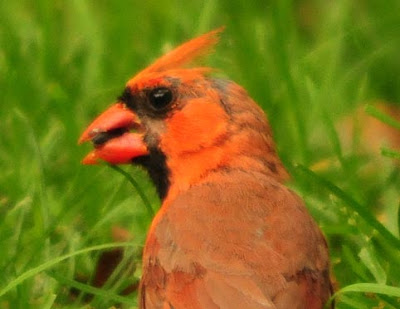
and a new baldy, this very sorry looking Red-Bellied Woodpecker who just grabbed chunk of suet from the feeder.

It's getting dark and starting to drizzle, but the Goldfinches are still at it.
 Sumac in front of cornfield
Sumac in front of cornfield

 Reflections on a stream
Reflections on a stream




